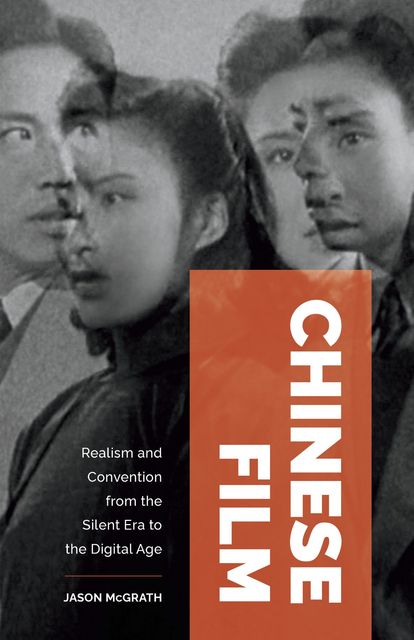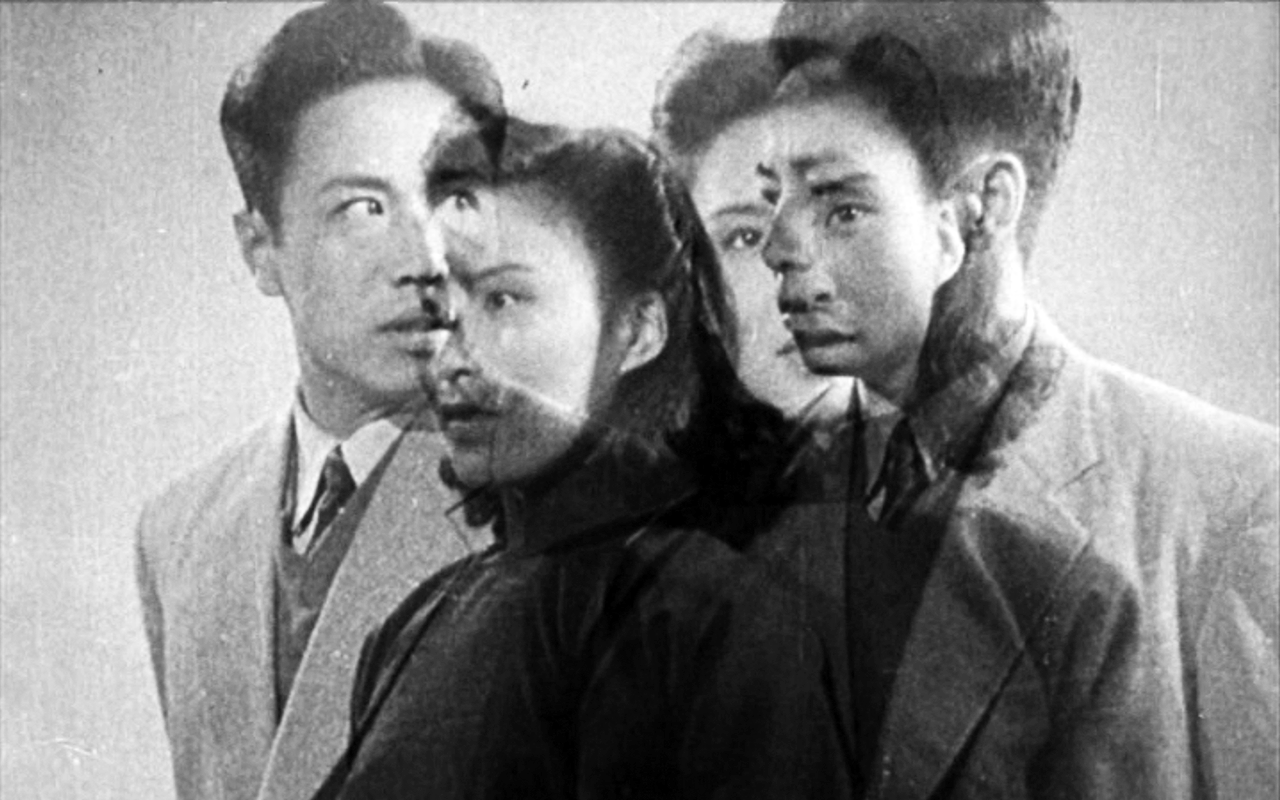Chinese Film
Realism and Convention from the Silent Era to the Digital Age
The history of Chinese cinema is as long and complicated as the tumultuous history of China itself. Each Chinese cinematic era, whether the silent, the Communist, or the contemporary, has necessitated its own form in conversation with broader trends in politics and culture.
In Chinese Film, Jason McGrath tells this fascinating story by tracing the varied claims to cinematic realism made by Chinese filmmakers, officials, critics, and scholars. Understanding realism as a historical dynamic that is both enabled and mitigated by aesthetic conventions of the day, he analyzes it across six different types of claims: ontological, perceptual, fictional, social, prescriptive, and apophatic.
Through this method, McGrath makes major claims not just about Chinese cinema but also about realism as an aesthetic form that negotiates between cultural conventions and the ever-evolving real. He comes to envision this as more than just a cinematic question, showing how the struggle for realism is central to the Chinese struggle for modernity.

Background image from Spring in a Small Town (dir. Fei Mu, 1948)

Table of Contents
Metadata
- rightsThe publication of this book was supported by an Imagine Fund grant for the Arts, Design, and Humanities, an annual award from the University of Minnesota’s Provost Office.
This book is freely available in an open access edition thanks to TOME (Toward an Open Monograph Ecosystem)—a collaboration of the Association of American Universities, the Association of University Presses, and the Association of Research Libraries—and the generous support of the College of Liberal Arts at the University of Minnesota, Twin Cities. Learn more at the TOME website, available at openmonographs.org.
Portions of chapter 1 are adapted from “Acting Real: Cinema, Stage, and the Modernity of Performance in Chinese Silent Film,” in The Oxford Handbook of Chinese Cinemas, edited by Carlos Rojas (Oxford: Oxford University Press, 2013); reproduced with permission of the Licensor through PLSclear. Portions of chapters 4 and 5 are adapted from “Cultural Revolution Model Opera Films and the Realist Tradition in Chinese Cinema,” The Opera Quarterly 26, no. 2–3 (2010): 343–76; by permission of Oxford University Press. Portions of chapter 6 are adapted from “Post–Socialist Realism in Chinese Cinema,” in Red Legacies in China: Cultural Afterlives of the Communist Revolution, edited by Jie Li and Enhua Zhang, published by the Harvard University Asia Center, 2016.
Copyright 2022 by Jason McGrath
- isbn978-1-4529-6947-3
- publisherUniversity of Minnesota Press
- publisher placeMinneapolis, MN
- restrictionsChinese Film: Realism and Convention from the Silent Era to the Digital Age is licensed under a Creative Commons Attribution-NonCommercial-NoDerivatives 4.0 International License (CC BY-NC-ND 4.0).
- rights holderJason McGrath
- doi

